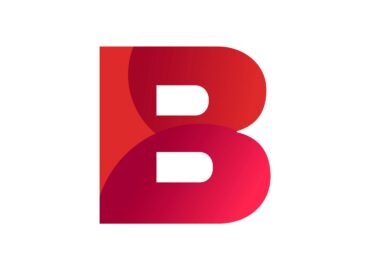W – Glossary
Work Life Integration in TIP refers to the practice of balancing the demands and priorities of work and personal life in a way that is mutually beneficial and sustainable for both.
Work-life balance is the concept of finding a healthy balance between one's work responsibilities and personal life commitments. It refers to the ability to prioritize and manage one's work and personal life in a way that allows for greater satisfaction and well-being in both areas. Work-life balance can help in reducing stress and burnout, improve physical and mental health, and increase overall job satisfaction.
A job performance assessment that involves completing a task or project similar to the work required in the job.
The use of data and analytics to better understand and manage an organization's workforce.
The variety of demographic, cultural, and experiential differences among an organization's employees.
The use of data and analytics to gain insights into workforce behavior, performance, and potential, and to inform strategic decision
Workforce management refers to the processes and strategies used by organizations to optimize their workforce to meet business goals and objectives. It involves effective management on all aspects of the employee lifecycle, from recruiting to training and development. Overall workforce management is a crucial factor to ensure that organization can effectively manage their workforce and meet their business goals.
Key performance indicators used to measure and track the effectiveness of workforce management strategies and initiatives.
The process of using data and analytics to optimize workforce productivity, efficiency, and effectiveness, while minimizing costs.
Workforce planning is the process to identify an organization's current and future workforce needs, and developing strategies to meet those needs. The goal of workforce planning is to ensure that the organization has the right people with the required skillset in the right roles when needed. Effective workforce planning includes identifying opportunities for recruitment and training, developing succession plans, and adjusting workforce levels. By investing in workforce planning, organizations can ensure that they have the talent and resources necessary to achieve their goals and objectives to adapt to changing market and industry requirements.
Software applications that help organizations automate and streamline the workforce planning process, and provide data analytics and insights to inform decision making.
The efficiency and effectiveness of an organization's workforce in achieving business goals and objectives.
The process of dividing employees into groups based on various criteria such as job function, performance, and location to better understand their needs and preferences.
A comprehensive plan for managing and developing an organization's workforce to meet current and future business needs.
The collective knowledge, skills, and abilities of an organization's employees that contribute to its success.
The process of aligning the skills and abilities of an organization's workforce with its business needs, to optimize productivity and efficiency.
The values, beliefs, and behaviors that shape the social and psychological environment of an organization.
The variety of differences among employees, including differences in gender, age, ethnicity, race, religion, sexual orientation, and disability, that contribute to a more inclusive and innovative work environment.
Workforce Insight refers to deriving employee skill gaps and optimizing the organization's workforce to maximize productivity and efficiency. This involves collecting information on different aspects of the workforce, such as employee performance and using that data to make informed decisions about training and development activities. Workforce Insights help organizations in making decisions to create a productive and efficient workforce resulting in creating a positive atmosphere and reducing employee churn rate.
Workforce planning is the process to identify an organization's current and future workforce needs, and developing strategies to meet those needs. The goal of workforce planning is to ensure that the organization has the right people with the required skillset in the right roles when needed. Effective workforce planning includes identifying opportunities for recruitment and training, developing succession plans, and adjusting workforce levels. By investing in workforce planning, organizations can ensure that they have the talent and resources necessary to achieve their goals and objectives to adapt to changing market and industry requirements.
The ability of employees to adjust their work schedule, location, and responsibilities to better balance work and personal life needs.
Programs and initiatives designed to promote the physical, emotional, and mental health of employees, to improve overall well being and productivity.



